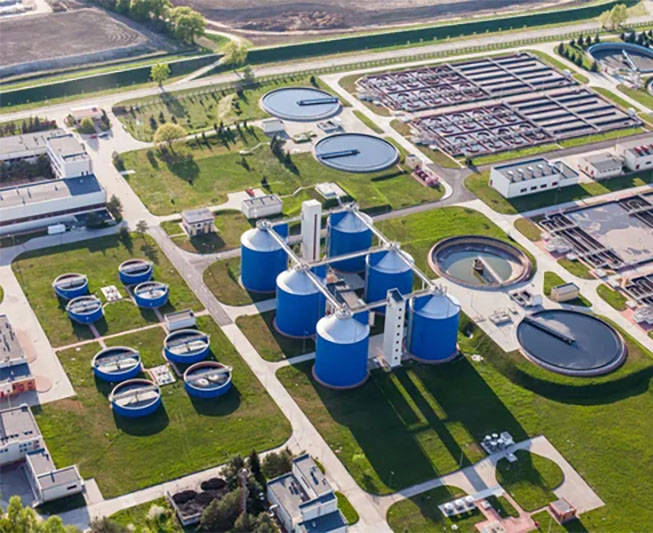- krofta@kroftaengineering.com
- Durga Bhavan A-68, FIEE Complex, Okhla Industrial Area Phase – II, N.D – 110 020
Pulp & Paper
How can we help
- Krofta can supply complete ETPs and WWTPs for paper mills to make the water fit for reuse, including anaerobic systems to generate bio-gas
- We can supply primary treatment DAF systems and sludge handling systems for better practices
- We can offer maintenance as well as consulting services
PULP AND PAPER
An effluent treatment plant (ETP) is essential in a paper mill for several important reasons:
- Environmental Regulations: Paper mills generate a significant amount of wastewater during their production processes, which often contains pollutants such as organic compounds, suspended solids, chemicals, and potentially harmful substances. Environmental regulations and standards set by governmental authorities require industries, including paper mills, to treat their effluent before releasing it into the environment. An ETP helps the paper mill comply with these regulations and avoid fines or legal action.
- Protection of Water Bodies: Untreated or inadequately treated effluent from paper mills can be harmful to water bodies like rivers, lakes, and groundwater. The pollutants in the wastewater can disrupt aquatic ecosystems, degrade water quality, and harm aquatic life.

An ETP removes or reduces these pollutants to a safe level before the effluent is discharged, thereby safeguarding the local environment.
- Community Health and Livelihood: The pollutants present in untreated effluent can pose health risks to communities living downstream from the paper mill. Access to clean water is vital for both human consumption and agricultural activities. By treating their wastewater, paper mills contribute to the well-being of nearby communities and protect the livelihoods of those dependent on clean water sources.
- Corporate Social Responsibility (CSR): Implementing an ETP is also an important aspect of a paper mill's corporate social responsibility. Companies are expected to minimize their environmental impact and demonstrate a commitment to sustainable practices. Treating effluent responsibly showcases the company's dedication to environmental stewardship and sustainable manufacturing.
- Resource Conservation: Some components of paper mill effluent, such as organic matter, can be reclaimed and reused through advanced treatment processes. This not only reduces the load on the environment but also allows the paper mill to conserve resources and potentially reduce operational costs.
- Process Optimization: Treating effluent can involve the recovery of valuable byproducts or energy. For instance, some treatment processes can generate biogas from organic waste, which can be utilized for energy generation within the mill. This can lead to cost savings and improved operational efficiency.
- Long-Term Viability: Implementing an ETP helps ensure the long-term viability of the paper mill's operations. As environmental awareness and regulations continue to evolve, having effective wastewater treatment measures in place positions the mill for sustained success by preventing potential shutdowns or operational disruptions due to non-compliance.

